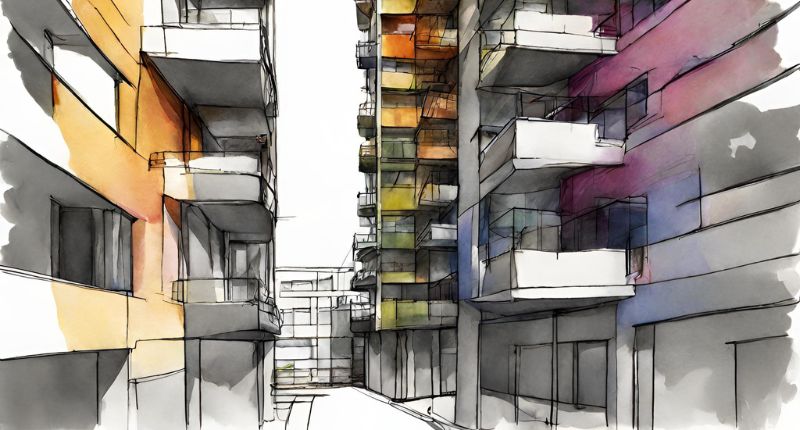
- Institutional investors focus on residential market amid critical housing shortage.
- Urgent need for more institutional intervention to shore up housing supply.
- BTR sector gains traction, attracting substantial institutional investment and poised for further growth.
Institutional investors have been paying more heed to Australia’s residential market, with heightened investment seeing a 3.5-fold increase in Build-to-Rent (BTR) apartments to 16,500 apartments by 2026, according to Colliers’ latest report.
Housing crisis an opportunity for institutional investment
According to SQM Research, the current vacancy rate is hovering around 1.1%, a fraction of a balanced market’s 2.5% to 3.5%.
National residential vacancy rates
Colliers’ data indicates that the current vacancy rates in Sydney and Melbourne are at 1.0% and 0.9%, respectively. Meanwhile, Perth remains one of the tightest markets in the country, with a vacancy rate of 0.4%, according to SQM.
Perth residential vacancy rates
The Government estimated a deficit of 79,000 homes by 2033, highlighting how Australia’s housing deficit will likely stay. Indeed, the nation is witnessing historic highs in population growth, driven by record levels of net overseas migration.
This is unlikely to change, considering the release of the Federal Government’s Migration Strategy in December 2023, which detailed its commitment to high intakes.
Hence, Colliers’ national director of resident capital markets, Robert Papaleo, emphasised that institutional investors must shore up the nation’s housing supply through alternative housing models.
“The urgent need for institutional investment and alternative housing models to provide a helping hand for Australia’s housing crisis has many parallels to the UK’s situation in the early 2010s, ahead of institutionalisation of its now robust BTR market,” Papaleo said.
“Despite limited exposure to the Australian residential sector historically, market activity in 2023 indicated growing interest from institutional investors, who drove the lion’s share of BTR sales in a year that saw 43% of total sales activity since 2015.
“Domination of the rapidly expanding BTR market is a foot in the door to the broader $10.2 trillion residential market for these investors, who have been renowned for providing residential accommodation overseas for decades and are well-poised to support alternative housing models in addition to greenfield development.”
BTR sector still in its early stages
Estimates placed the market value of completed institutional BTR assets around $3.3 billion by last year’s end, translating to 80% of Australia’s BTR market and 0.03% of Australia’s residential market.
The lion’s share of completed BTR stock is situated in Melbourne, at 48%, owing to the presence of prime, larger sites boasting permitted schemes of above 300 apartments.
Meanwhile, South-East Queensland hosts the second-highest share of completed stock, at 38%, a function of the former Gold Coast Commonwealth Games Village’s conversion.
BTR supply by development status

“Notwithstanding the significant historical barriers to institutional investment in Australia’s residential sector, the BTR market has rapidly evolved since the first institutional-backed BTR projects were delivered in Perth (2017), Gold Coast (2018), Sydney (2020) and Melbourne (2022),” Papaleo said.
BTR supply – annual completions

“The nature of projects is maturing, as market participation of institutional investors, who account for six of the top 10 BTR platforms in Australia, 13,650 completed and committed BTR apartments, as well as sites which may provide an additional 8,250 apartments, induces developers to bring forward projects with innovative partnership models and alternative structured deals.”
BTR industry players – top 10

Over $5 billion in capital was raised last year to back the BTR sector. Although the average BTR project comprises 281 apartments, the projects due for completion by 2028 will have 365 apartments.
“As the BTR market continues to evolve in 2024 and beyond, institutional capital is expected to also increase investment in Purpose Built Student Accommodation, Land Lease Communities, and Co-living, which are sectors that address more specific needs and can support higher returns for well-positioned sites,” Papaleo said.
“It is promising that the Government recognised in July 2023 that institutional investors can play a positive role in addressing the political, policy and economic imperative of new housing, in addition to identifying policy levers for barriers to such investment.”
“Accelerated institutional market participation is necessary to ease pressure on Australian residential supply, as private landlords face higher financing costs and regulation changes reducing rental returns.”
Robert Papaleo, Colliers







